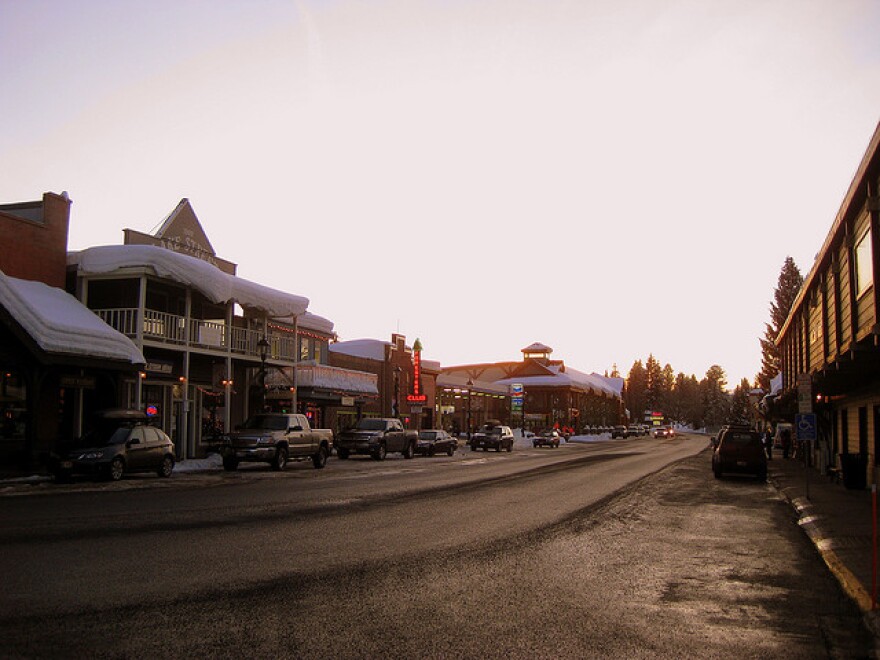Idaho resort towns like Coeur d’Alene, Sun Valley and McCall had higher crime rates than most of the state’s other towns and cities according to the FBI’s annual report of crime stats released this week.
Kevin Wolff, who teaches criminal justice at John Jay College in New York, says many resort towns are in the same boat.
“There might be on season and off season where the population, during those times of year, or during special events might swell tremendously thus impacting the crime rate,” Wolff says.
The problem is, Wolff says, that crime stats don’t take into account people who don’t live in a given town full time.
According to the FBI's 2013 numbers, McCall had one violent crime for every 190 residents, and one property crime for every 34 residents. That’s better than Coeur d’Alene’s one violent crime per 179 residents, and one property crime per 26 residents. But the stats looks bad when compared to Boise’s one violent crime for every 357 residents and one property crime for every 45 residents.
McCall’s crime rates are based on a resident population of 2,800. McCall Police Chief Justin Williams says during certain times of the year, like peak summer weeks and during the annual Winter Carnival, the number can be 10 times that. And Williams says there are never just 2,800 people in McCall.
“We average about 10,000 people within the city at any given time,” Williams says.
He says if McCall’s crime rate were calculated using a population of 10,000, it would be among the lowest in Idaho.
This data is from the FBI, the visualizations were made by Emilie Ritter Saunders
Another factor at play is the tourists themselves. Wolff says tourist towns often see higher rates of crimes, like assault, because weekenders sometimes drink too much and get into fights.
Williams says most of the crimes his officers deal with are alcohol related.
He's worried that people will see the official crime rates and get a negative impression of McCall. That happened to him when he was offered the job as police chief about a year ago.
“Prior to coming here, I looked at the crime rates and had to do the research myself to determine whether or not it was someplace I wanted to raise my family,” Williams says. “But you have to look at the totality of it. The statistics speak loudly but they don’t speak loudly enough to tell the entire story.”
Wolff says this is something other resort communities are worried about as well. He says researchers in Florida are just starting to consider ways to account for fluctuating populations when compiling crime stats for tourist areas. And they’re trying to figure out how to mitigate negative perceptions caused by current stats.
But Williams says it’s all relative. He says even if McCall’s crime rates look higher on paper than it should, it's still better than some of the places he worked in Texas before he came to Idaho.
“I’ve seen cities that would love to have the rates that we have even compared on the highest of high days,” Williams says.
Find Adam Cotterell on Twitter @cotterelladam
Copyright 2014 Boise State Public Radio



